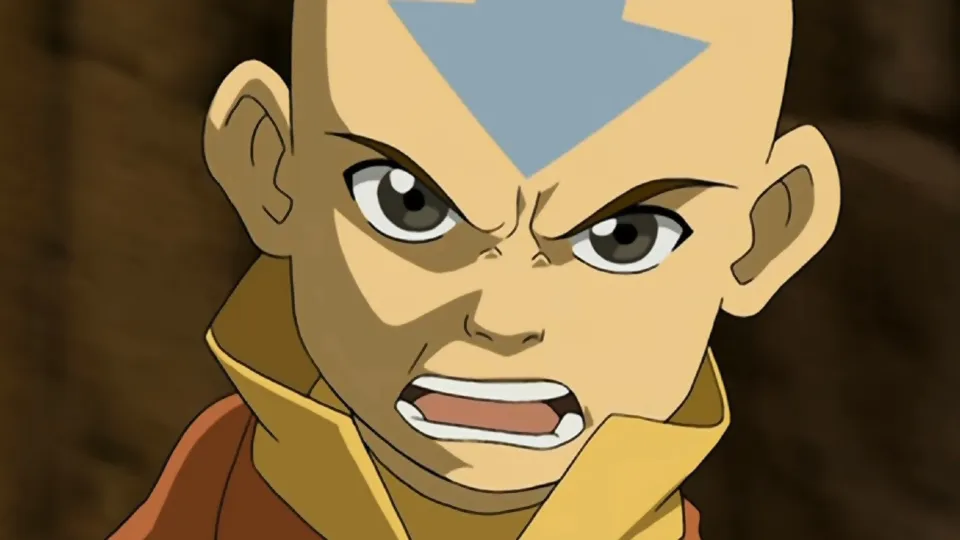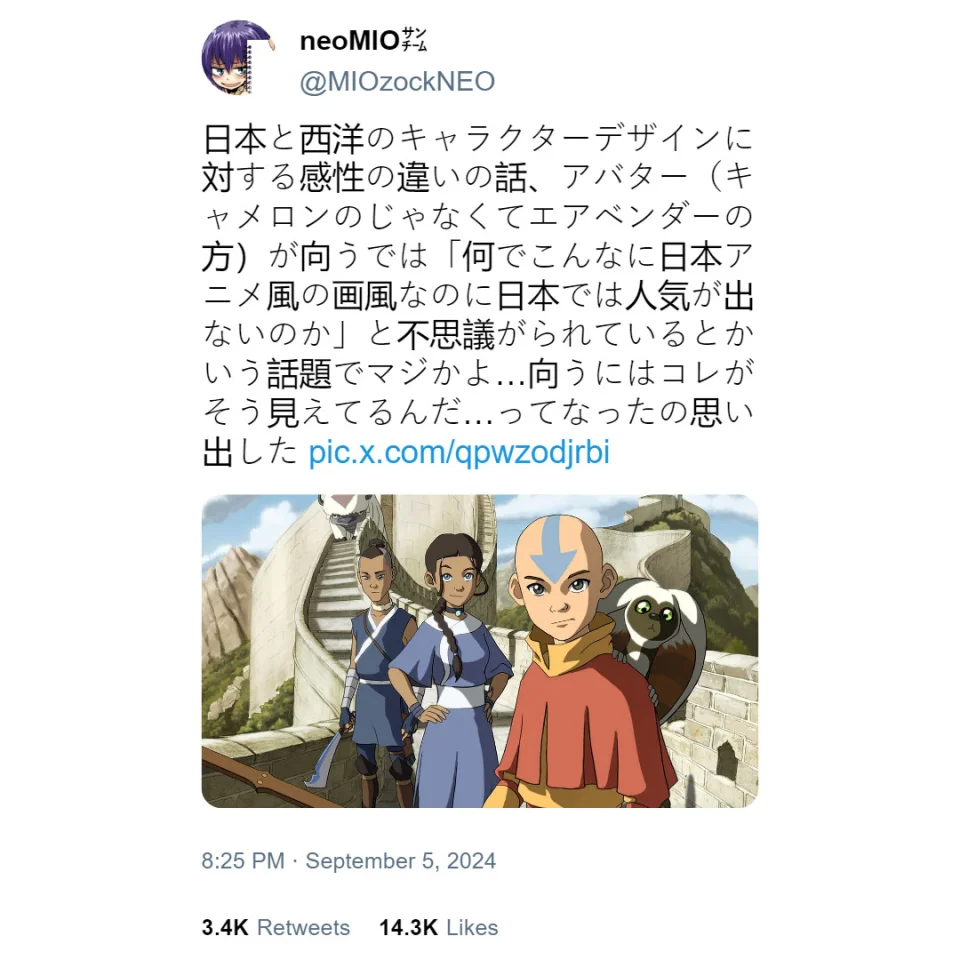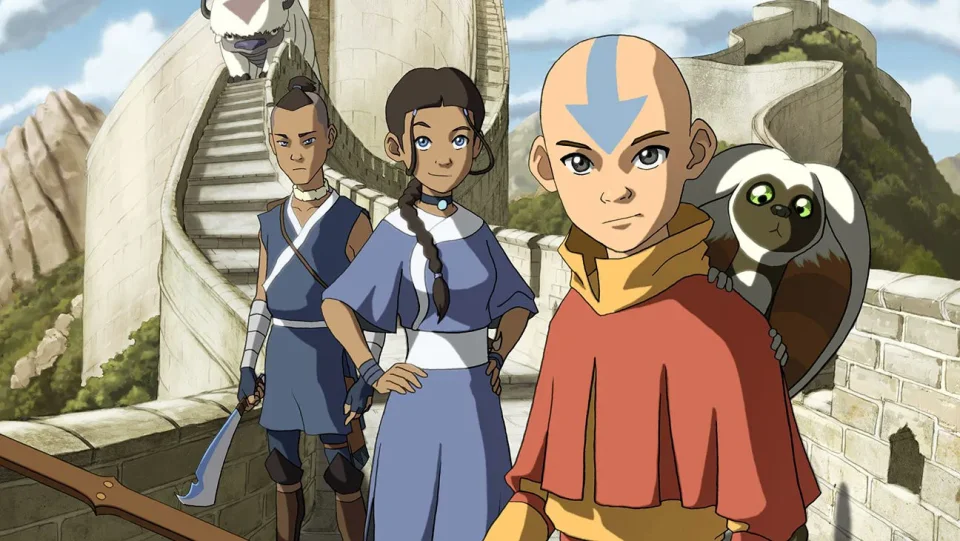Why didn't Avatar succeed in Japan?

In a recent debate that arose on social media, Japanese netizens discussed the reasons why "Avatar: The Last Airbender," the popular animated series created by Michael Dante DiMartino and Bryan Konietzko, has not reached the same level of popularity in Japan as it has in the West. Despite its visual style being heavily influenced by Japanese anime, the series has failed to resonate with Japanese audiences in the same way as it has with Western ones.
The comment that sparked the discussion wrote: "It's funny how in the West they wonder why 'Avatar' is not so popular in Japan, even though it has a style that seems inspired by Japanese anime. The truth is, for many of us, it doesn't feel like an authentic anime series."

"Avatar: The Last Airbender" first aired in 2005 on Nickelodeon and quickly became a cultural phenomenon in the United States and other countries. Set in a fictional world where some people can control the four elements (water, earth, fire, and air), the series follows the adventures of Aang, the last airbender, who must restore balance to the world by defeating the Fire Lord and ending a centuries-old war.
Over the course of three seasons, "Avatar: The Last Airbender" was acclaimed for its mature storytelling, complex character development and stunning animation, which combined elements of Japanese anime with Western influences. The series spawned a sequel titled "The Legend of Korra" in 2012, which continued to expand the universe and attract a new generation of fans.
Cultural differences in character design
One of the main topics in the debate was the difference in the perception of character designs between the West and Japan. In Japan, character design in anime tends to focus on more subtle facial expressions, while in "Avatar," facial expressions and features, especially the treatment of the nose, may seem more exaggerated and less appealing to Japanese people. One user commented, "The way 'Avatar' draws noses is very different from what we're used to in Japanese anime, where often the nose is depicted more subtly or almost nonexistent."
Another user added, "The problem with 'Avatar' is that while the visual style seems inspired by anime, the facial expressions and character design don't feel entirely natural to Japanese people. Asymmetrical faces and exaggerated expressions are used more for minor villains in Japanese anime, while in 'Avatar' they are common in all characters."

In addition to differences in character design, some netizens pointed out that "Avatar's" narrative approach may also have played a role in its lack of popularity in Japan. While the series has a well-structured storyline, many feel that the mix of Western and Eastern cultural influences may have proved confusing or unappealing to Japanese audiences, who are already accustomed to a wide variety of high-quality domestic content.
One user commented, "The story of 'Avatar' is good, but maybe it's too 'Westernized.' We Japanese are used to consuming anime content that has a very different sensibility, and 'Avatar' fails to capture that completely."
On the other hand, some mentioned that, like other Western productions influenced by anime, such as "RWBY" or "Castlevania", the "Avatar" series may have tried to get closer to Japanese anime, but still something essential is missing for it to be seen as an authentic anime in Japan.
Source: Hachima Kikou

